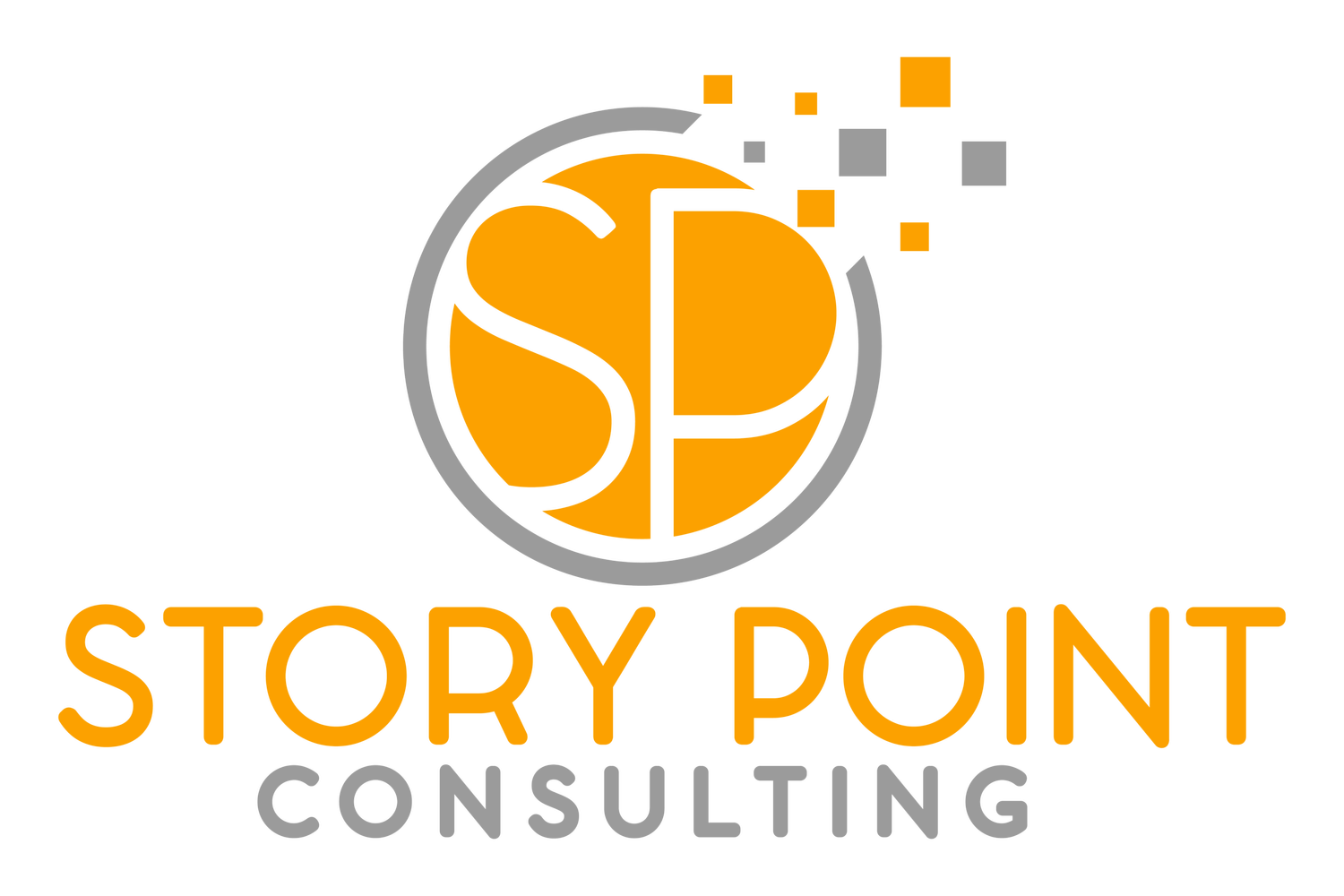5 Steps to Build a Major Gifts Program at Your Small Nonprofit
What is a major gift?
A major gift is a significant contribution that offers considerable financial support to an organization. These gifts are crucial as they play a pivotal role in securing the organization's future sustainability. This is particularly true for small organizations, where major gifts can have a huge impact. These generous donations can assist in achieving mission goals, bringing the organization one step closer to its vision.
Moreover, having a select few major donors can streamline your fundraising initiatives. It allows your team to concentrate their efforts on a smaller group of donors, making the process more efficient. This focused approach not only saves time and resources, but also helps in building stronger relationships with these key supporters, ensuring their continued involvement and support.
Creating a successful major giving program for your organization requires some groundwork. This is not a task that can be rushed or overlooked. To help you navigate this process, here are five steps to get you started.
Develop a case for support. Creating a case for support is a crucial step for your organization, especially when it comes to fundraising. The process begins with defining a clear fundraising goal, followed by outlining your organization’s initiatives that require funding. These could be specific projects, programs, or services that your nonprofit offers. This is essential information for potential major donors. They need to know what they are investing in and what the fundraising goal is. Furthermore, having a case for support will give everyone on your team of staff and volunteers the language they need to speak about your organization in a consistent way.
Define a major gift for your organization. There are no rules for defining what a 'major gift' is for your organization. What constitutes a major gift can significantly vary from one nonprofit to another. For some, a gift of $500 is considered a major gift, while for others, it may be a more substantial amount like $10,000.
The key to determining your major gift threshold starts with analyzing your donor data. This data can be stored in various forms, such as spreadsheets or using a dedicated donor management software. By analyzing this information, you can make informed decisions about what factors should contribute to defining a major gift for your organization.
It is important to strike the right balance when setting the major gift amount. If you set the threshold too low, you might end up with a large list of major donors. On the other hand, if the threshold is too high, you might find that no one in your database qualifies. Therefore, you must carefully consider the amount that makes sense for your organization's needs and donor base.
Create an indicator for major donors in your database. Once you have determined what a major gift is for your organization, you can now group, or segment the donors you would like to build a more personalized relationship with. To streamline this process, create a simple rule in your database so that anytime a donor meets the major gift requirements, they will be automatically tagged as a 'major donor'. This means anytime someone donates at the level your organization has defined as a major gift, the system will automatically recognize them as a significant contributor. This strategy helps you keep track of your major donors and foster a personalized relationship with them effectively.
Get to know your major donors. Once you have identified your major donors it is now time to get to know them better. Your organization may feel that this is the time to ask for a major gift; however, a better strategy is to build a relationship with supporters before asking for money. Having a one-on-one discussion, either in-person or virtually is extremely valuable.
Also, consider keeping notes on your discussions with donors to ensure the information can be transferred to a database. This will ensure that even if the person who met with the donor leaves your organization, you will not lose important details about the donor. You will be able to refer to your database for information on your donor’s interests, or other causes they have given to. And most importantly in this stage, be patient. Cultivation can take a long time, and it can seem like a lot of work. Still, it is necessary and the relationships you will build can last a lifetime.
Create a plan to strengthen donor relationships. Donor stewardship is a critical element of your organization’s fundraising strategy. Your ability to communicate will help you develop valuable, long-term relationships which are key in retaining donors over time. If you are able to build a strong relationship with them, major donors are likely to become recurring contributors. Therefore, it is important for your organization to have a strategy in place that continues to deepen relationships with them. This involves more than asking for a gift. It means engaging with them in various ways to ensure they stay committed to your cause well into the future.
Get the entire team involved
Initiating a major gifts program is just the first step; maintaining it is equally important. This involves creating a fundraising plan that engages your whole team, including the board members and staff. The five-step plan that we've outlined will help guide you, and hopefully make the process less daunting. This is not just about finding immediate funding, but building a sustainable support system with donors who are committed to your organization. It is about building relationships, and ensuring that those that support you are invested in your mission for the long haul, so your cause thrives well into the future.

